Ferrari has done the unthinkable—and done it with unapologetic flair. Maranello has finally entered the electric era, and it hasn’t tiptoed in. Instead, it’s blasted through the gates with a 1000-horsepower, quad-motor electric four-door that’s less about saving the planet and more about electrifying your soul.

This isn’t just a shift in powertrain. It’s a seismic philosophical shift. And yet, despite the absence of a roaring V12, Ferrari’s latest creation promises to stir the senses in ways we’ve never seen—or heard—from an EV.
A Monster Beneath the Skin: Specs That Challenge the Status Quo
The car—tentatively dubbed Elettrica—sits atop Ferrari’s new all-electric platform, developed entirely in-house. It packs four permanent magnet synchronous motors, spinning up to 30,000 rpm, with a total system output of just over 1,000 bhp. The torque? Mind-bending—over 5,900 lb-ft at the rear wheels alone.
It rockets from 0–62 mph in 2.5 seconds and hits a top speed of 193 mph. Not bad for a car tipping the scales at 2,300 kg (5,070 lbs).

Underpinning this brute force is a 122 kWh battery built with energy density that outperforms even the Rimac Nevera, clocking in at 195 Wh/kg. Ferrari says it’s suitable for 530 km (330 miles) of range, thanks to its 800V architecture and 350 kW fast charging capability.
Each Wheel, a Brain of Its Own
Every wheel is independently powered and managed. Think torque vectoring, regenerative braking, suspension adjustments, and even rear-wheel steering—all operating individually and instantaneously. Ferrari has basically put a supercomputer on each axle.
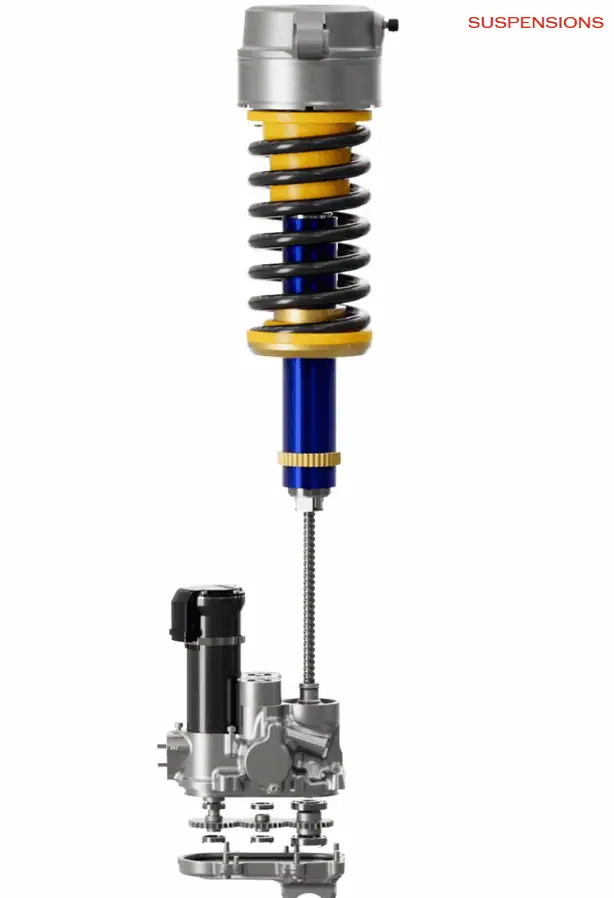
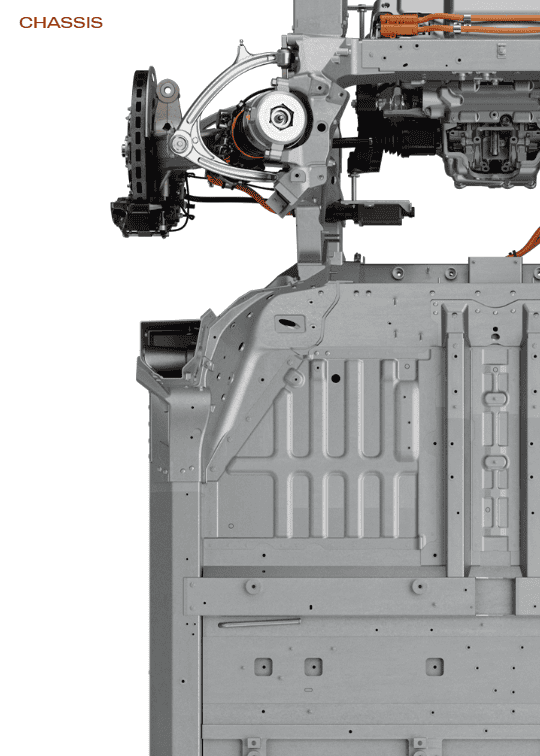

And despite the hefty weight, Ferrari claims it “feels” 450 kg lighter, thanks to clever suspension wizardry and a centred gravity 80mm lower than the Purosangue.
Sound Without the Gimmicks: Ferrari’s Sonic Revolution
Ferrari knew silence wouldn’t cut it. But instead of slapping on fake engine sounds like some rivals, Maranello engineers developed an entirely new kind of acoustic experience.
By attaching high-frequency accelerometers to the rear inverter, Ferrari captures natural motor vibrations and processes them like an electric guitar pickup. The result? A dynamic, evolving sound that reacts to regen braking, torque shift levels, and even rear wheel slip—no latency, no artificiality.

“It’s an instrument, not a ringtone,” said Ferrari’s lead sound designer. That distinction could make all the difference in converting purists.
Paddles, Not Pedals: A New Way to Drive
Forget traditional gears. Ferrari’s EV introduces Torque Shift Engagement—a five-step torque map that mimics gear changes. Each right paddle pull delivers a tangible jolt of acceleration, while the left paddle increases regen braking to simulate downshifting.

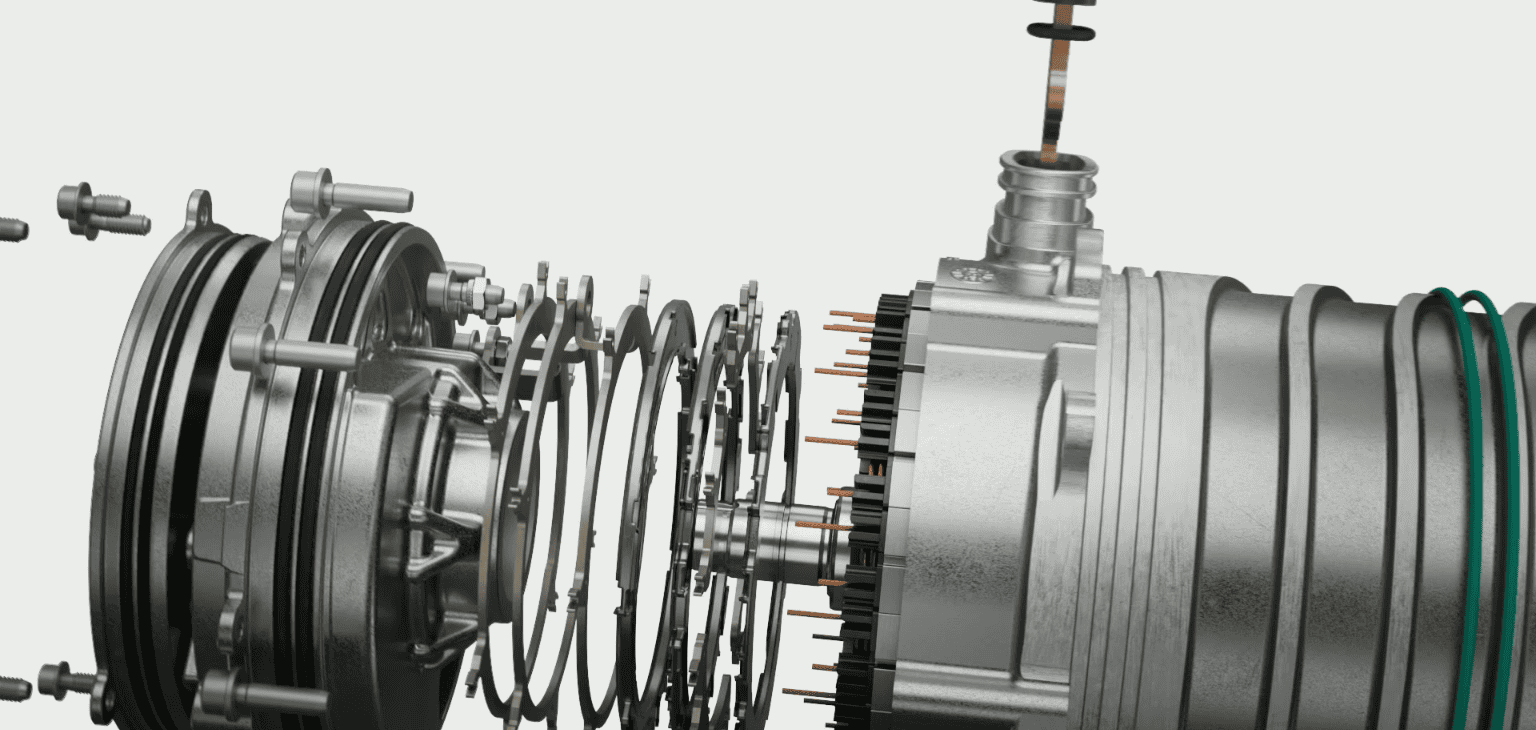

The experience is visceral, immersive, and thoroughly Ferrari. Drivers can toggle between Range, Tour, and Performance modes—or dial in full aggression with ESC-Off for tail-happy antics.
Designed for Emotion, Built with Precision
Ferrari’s EV isn’t just smart—it’s emotionally intelligent. Co-developed with Sir Jony Ive and his LoveFrom studio, the car blends performance with minimalist luxury. The cabin pushes front passengers forward like a mid-engine layout, while rear seats offer relaxed GT comfort.
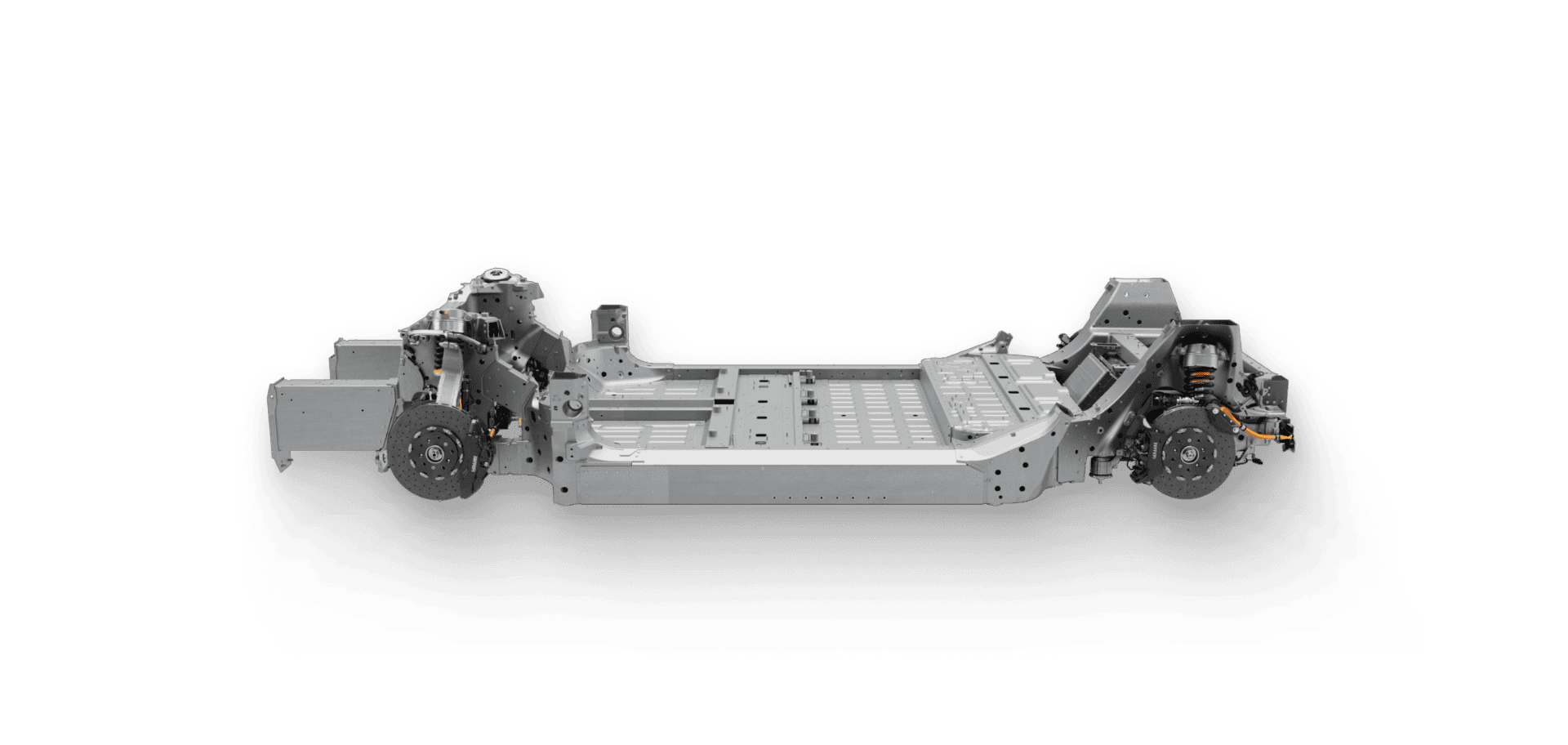
But there’s no gear lever here. The digital experience is driver-centric, futuristic, and full of personality—just without combustion.
Scaling Back Ambitions, Not Innovation
Interestingly, while Ferrari has gone all-in on innovation, it’s dialling back its broader EV ambitions. The company now says just 20% of its lineup will be fully electric by 2030, down from the previously announced 40%.
The decision has rattled investors, with shares dropping 15% after Ferrari also delivered underwhelming profit guidance for 2030 (€2.75bn vs. €3.2bn expected).
Still, CEO Benedetto Vigna insists that agility is key: “You cannot make a Ferrari supercar with the electric technology that there is today.” The first EV from Ferrari, then, isn’t a supercar—it’s a super sedan.
And make no mistake, it’s priced accordingly. Expect the Elettrica to start well north of $500,000, even before personalisation options—a Ferrari speciality that now accounts for 20% of annual revenue.
While Rivals Stall, Ferrari Surges Ahead
Just as brands like Lamborghini, Bentley, and Maserati pause or delay their electric plans, Ferrari is pushing forward. It’s a calculated risk—and one the brand seems uniquely positioned to take.
After all, this is the company that once scoffed at the idea of an SUV, only to launch the Purosangue to overwhelming demand. If any brand can make high-performance EVs desirable—even soulful—it’s Ferrari.
Built in Maranello, for the Next Generation
Unlike most manufacturers, Ferrari builds nearly everything in-house: motors, inverters, battery packs—even the sound system. The new “e-building” in Maranello is the heart of this transition.
The modular battery system, made of 211 pouch cells in 15 serviceable blocks, is built with the future in mind. Upgrades and replacements are baked into the design, ensuring longevity not just in performance, but in value.
Ferrari Elettrica Specifications
| Specification | Value |
|---|---|
| 0–100 km/h | 2.5 seconds |
| Top Speed | 310 km/h |
| Power Output | >1000 cv (in boost mode) |
| Range | >530 km |
Dimensions and Weight
| Specification | Value |
|---|---|
| Wheelbase | 2960 mm |
| Weight | ~2300 kg |
| Weight Distribution | 47% front / 53% rear |
Front E-Axle
| Specification | Value |
|---|---|
| Power at Axle | 210 kW |
| Torque at Wheels | 3500 Nm |
| Torque at Motor (Launch Mode) | 140 Nm |
| Power Density | 3.23 kW/kg (93% efficiency) |
| Engine Revs | 30,000 rpm |
| Max Inverter Power | >300 kW |
| Weight | 65 kg |
Rear E-Axle
| Specification | Value |
|---|---|
| Power at Axle | 620 kW |
| Torque at Wheels | 8000 Nm |
| Torque at Motor (Launch Mode) | 355 Nm |
| Power Density | 4.80 kW/kg (93% efficiency) |
| Engine Revs | 25,500 rpm |
| Max Inverter Power | >600 kW |
| Weight | 129 kg |
Battery
| Specification | Value |
|---|---|
| Number of Cells | 210 (15 modules x 14 cells) |
| Total Pack Energy Density | 195 Wh/kg |
| Cell Energy Density | 305 Wh/kg |
| Gross Capacity | 122 kWh |
| Maximum Voltage | 880 V |
| Max Charging Power | 350 kW |
What’s Next?
The full reveal of the production car is slated for Q2 2026, with deliveries starting later that year. As the automotive world wrestles with slowing EV demand and tightening regulations, Ferrari is betting on emotion over efficiency, exclusivity over mass appeal.
And in doing so, it may have just redefined what an electric car can be.
For more information about the Ferrari Elettrica, visit their official website.
👉 Please 📩SUBSCRIBE to us for more real-world EV analysis, news, and deep dives — written for EV fans by EV fans.
Hey, I’m Badal! I’m super passionate about cars—especially electric ones. Whether it’s EVs, electric trucks, bikes, or anything with a battery and wheels, I’m all in. I love writing blogs and articles that break things down for fellow enthusiasts and curious readers alike. Hope you enjoy the ride as much as I do! Enjoyed reading? You can buy me a coffee on PayPal ☕ → paypal.me/BadalBanjare
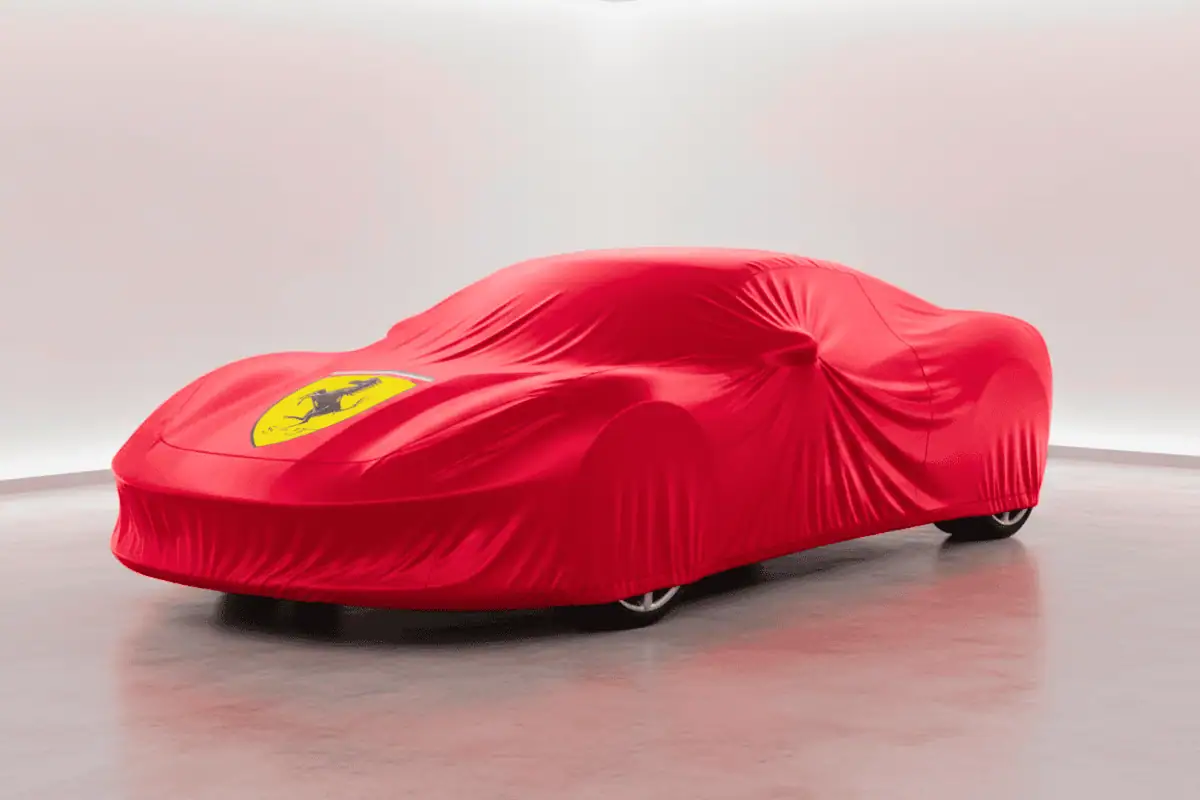
Generally I don’t read post on blogs, however I would like to say that this write-up
very pressured me to try and do so! Your writing taste has
been amazed me. Thank you, very great post.